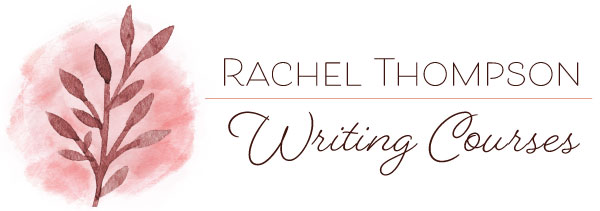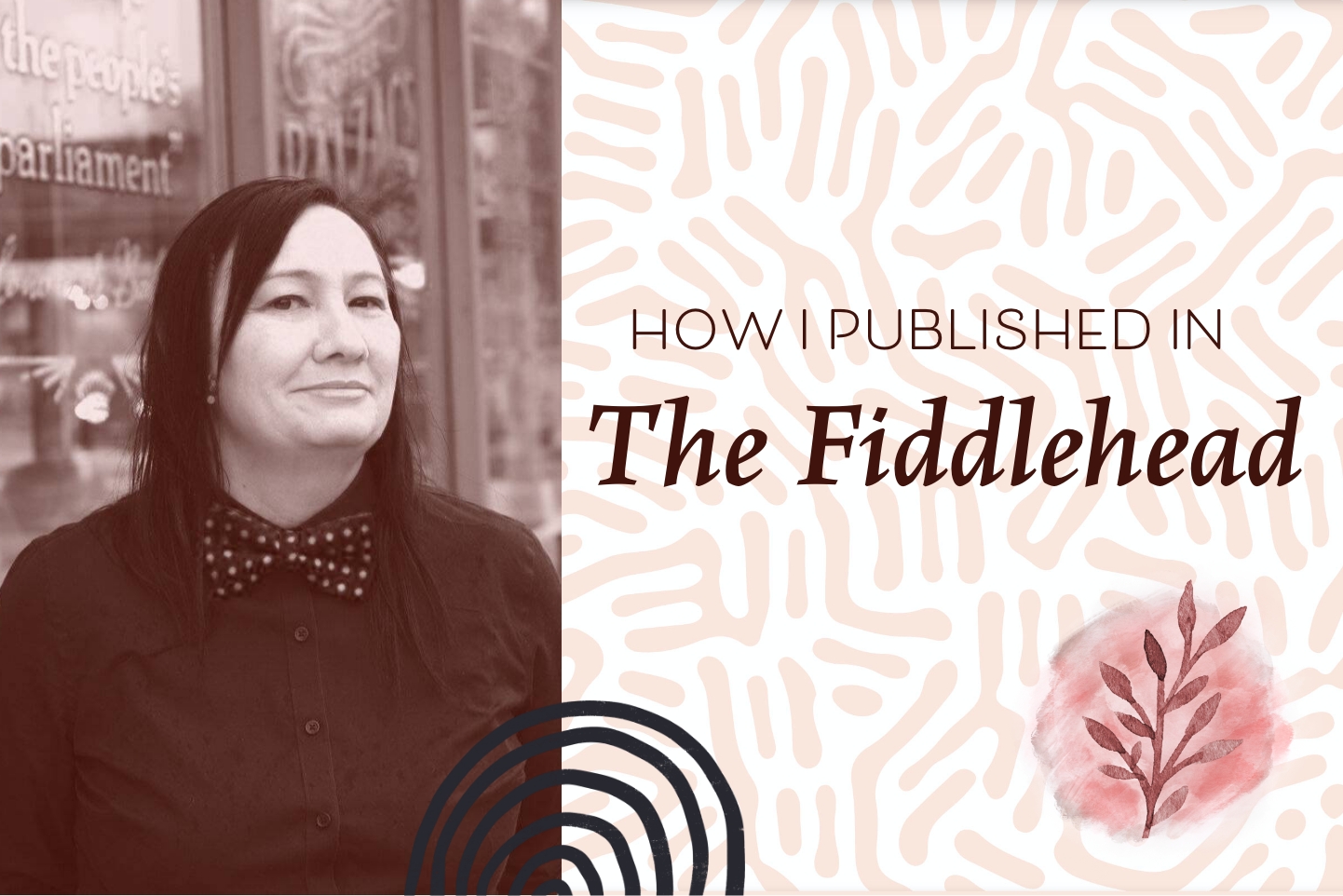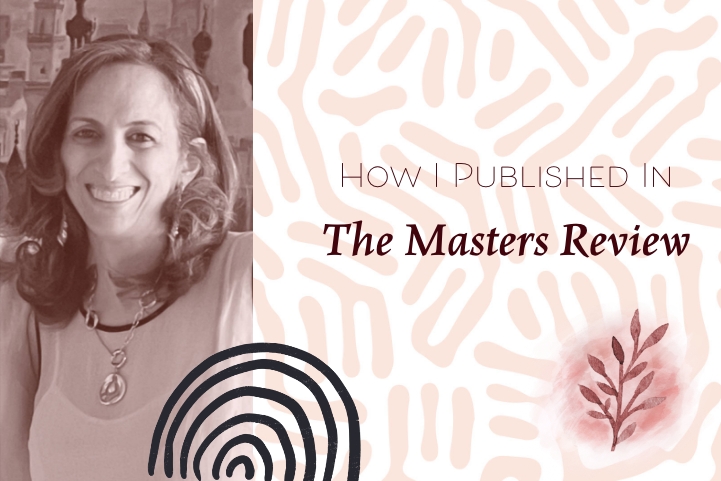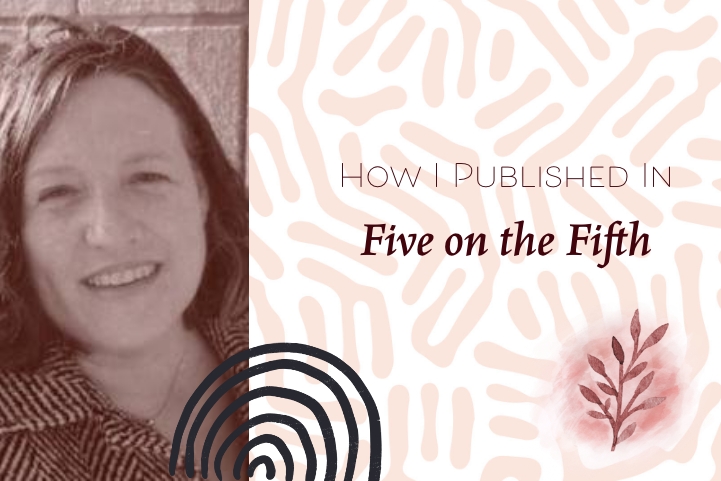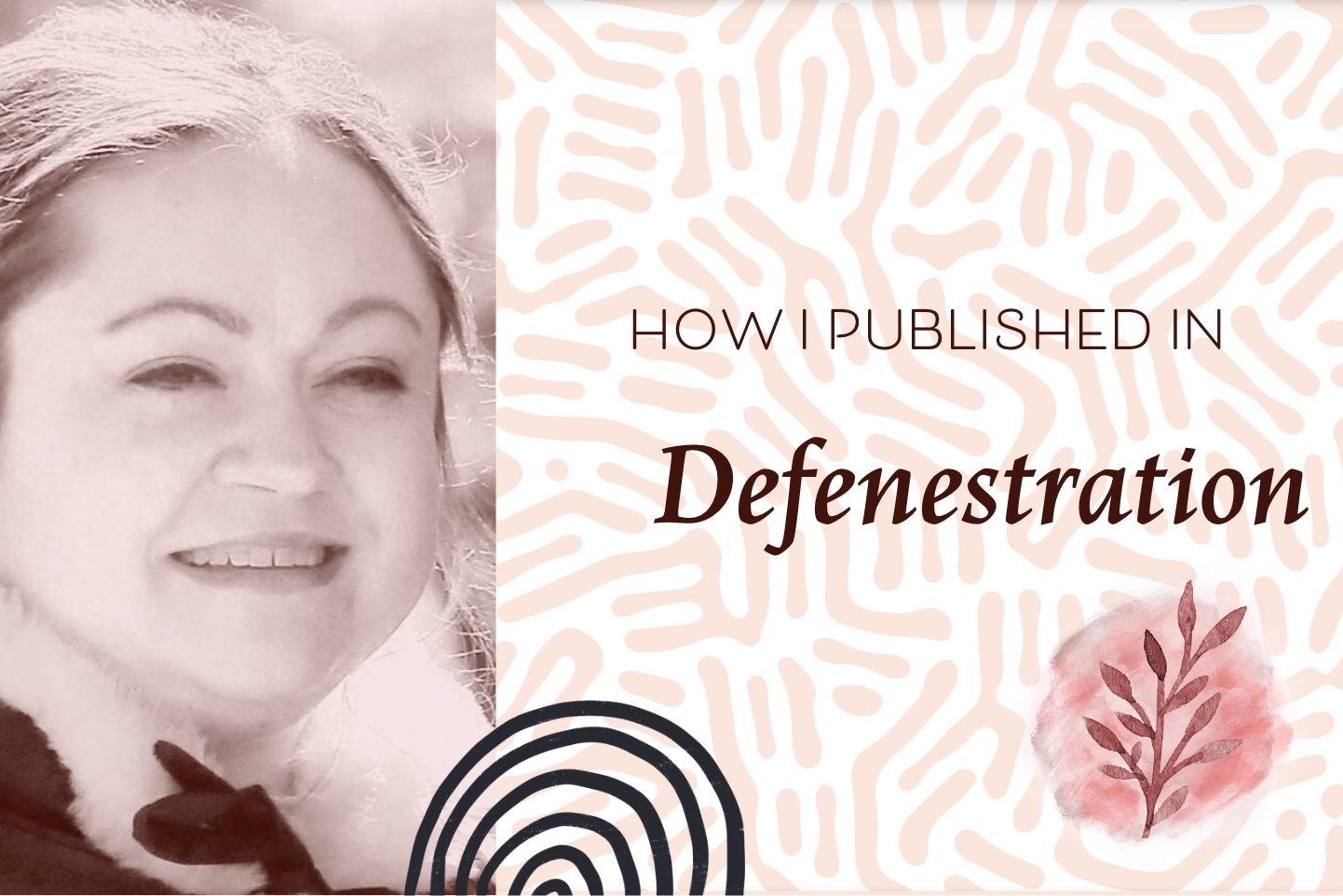By Tamara Jong
I first wrote the creative nonfiction piece “Lessons” in a class taught by Ayelet Tsabari in 2014. I had just started writing nonfiction. I workshopped this story in class, then had it edited by Ayelet.
So, I’ve been working on the story for approximately eight years. I played a lot with the titles calling it “We are Jehovah’s Witnesses,” “Nursery Rhymes,” “Kindergarten Lessons,” “Bible Story Lessons,” and eventually “Lessons.”
I tried reading it aloud at an open mic Ayelet hosted at The Black Swan in Toronto to see how it sounded. Revisions continued before and after I attended The Writer’s Studio in 2018 with mentor Claudia Cornwall and my cohort, and then with a second mentor Stella Harvey. The story became part of my CNF memoir, and in 2020, editor Chelene Knight made suggestions on this piece.
When Inkwell ran their Blue Pencil sessions, I had an opportunity to work with editor Dominik Parisien, who helped me move it along some more. I also worked on it in Rachel’s Lit Mag Love course, where I was reminded of the importance of first lines and first paragraphs.
I also really liked and believed in the piece. I feel that the space and time, and working with different workshop groups and editors, helped me figure out what I needed to say. Each submission, revision, workshopping, edit, and life happening in between brought the piece closer to where it needed to be, and I had to respect that process without judgment.
I sent it to Grain, JMWW, Open Minds Quarterly, Untethered, and finally to The Fiddlehead. JMWW gave me some personal feedback, which is always so heartening.
I submitted different work twice to The Fiddlehead before they accepted “Lessons.” One of my CNF pieces was longlisted in their CNF contest in 2020. And a couple of years before that, Alicia Elliott, the CNF editor at the time, gave me some lovely personal feedback and suggestions on a different piece.
Meanwhile, I read each issue to see what work had made it into the magazine. I still hung onto the hope that I would get my work in there. And I did, happily.
For readers who want to be published, it’s essential to read and support the magazine how you can, follow them on social media, check out their blog, find out who is on the masthead, who the editor would be for your work, and address it to that person.
I learned a lot from taking the Lit Mag Love course, including how to work on my cover letter. I try not to send my work where it doesn’t fit, which is important. When it feels done, I start sending it out. Usually, for me, it’s after many, many revisions, at times, even months, or years.
Also, if your work doesn’t get chosen once, it doesn’t mean it won’t ever. Readers and themes change. So, if you do some research on the magazine, that helps. But don’t do so much that you put off submitting! I know that I can get lost in that research rabbit hole.
Handling rejection can be complicated. I’ve had some rejections that have made me sad and depressed, in all honesty. But, I didn’t find that so much with my fiction. Nonfiction feels more personal to me. Surrounding myself with a writing community has helped me see that I am not alone in this.
I also try to view myself as separate from what I just sent out—a reframing. Sometimes it helps. As writers, we can get a lot of rejections, which can feel disheartening and invalidating. So I try to feel the feelings, all those things, the disappointment of it, because I’m human, and it’s okay to feel bad about something I wanted. For me, because I did experience a lot of trauma, I had to re-learn to have feelings, so I didn’t want to stuff them down.
I share my disappointment with friends, and then I exercise some self-care: read, enjoy a show, get a latte. That way, I take care of my writer self as I would a friend who came to me. I also appreciated Alle Hall’s advice from Rachel’s podcast, “as soon as you receive a no, just send the next place right away.”
I may not do it right away, but I have an idea where I’ll go next, so then it makes me excited about the next place. It’s good to have a strategy. I also listen to ways other writers, new and established, deal with rejection, which helps. Knowing we all deal with it and also how we feel about it. I remember writer Angela Wright mentioned that not everyone understands your work, so perhaps that’s not your fit at this moment.
I’ve also taken breaks working on and off with the piece, considering suggestions as I did with “Lessons” and knowing that, eventually, it will come together; and it did. It’s vital to believe in your work.
Over the years, I’ve gotten a lot better at taking care of myself while writing. I would force myself to write through really traumatic parts that weren’t healthy. I wouldn’t get enough sleep or make space between challenging work. I would force myself to write it.
So now I know I can’t do that. If it’s triggering, I put it away. I go to a therapist when I need to. I rest. I make time to do art as it relaxes me. Even if it’s only a bit of time. I’ll reach out to friends and family and make connections. Walking puts me in a good mood, I find. As does getting a massage. I also try to read not just nonfiction, but graphic novels, children’s books, poetry, fiction, how-to draw-type books. And I listen to podcasts or webinars about writing or art. Watching shows on Netflix, etc. is also a nice escape for a while. I need to have some kind of play in my life so I can live a writer and artist’s life.
I thought about giving up on writing after applying to an MFA program and got rejected. For context, I had been very religious and my writing took a backseat for years. When I started taking courses and writing again, I decided I wanted to take it seriously. Since higher education was not encouraged in my religion, I tried to live the dream that I had pushed aside for so long. I guess I was looking for validation, and when I didn’t get in, I felt crushed. I didn’t write for a month; I had doubts. I reached out to people, but nothing anyone could say helped me. When I came across Rachel and Doretta Lau’s webinar, “Ten Years of Not Giving Up (How to Keep Your Writing Life Alive)”, it gave me hope and perspective.
Then I signed up for Lit Mag Love with Rachel, and I learned so much, got my confidence back from the lessons and the community (see! Community!). So I decided to apply to The Writer’s Studio, and I got in! Since that course, I’ve had work published in The Nasiona, Room, The Fiddlehead, blogs, longlisted in contests, and received Ontario Arts Council grants. Being in the community brought me back to writing, and I am very grateful and mindful of that. I feel like it’s crucial to support each other how we can.
Here are some other journals where I have sent my writing:
- The Rumpus
I always wanted to publish in The Rumpus because because my teacher Ayelet Tsabari had shared the Dear Sugar column by Cheryl Strayed with our nonfiction class. So about six years later, I sent them my work twice in one year. One was an essay and the other one was a pitch. The essay was rejected, but I decided to pitch the interviews editor, Monet Patrice Thomas. It may have been good timing, but I had recently sent an email telling them I enjoyed their work. I had followed Monet on Twitter after taking a course where I was introduced to her work. She did a call out about needing some more interviews so I decided this would be a perfect fit for me since I had experience doing interviews for quite some time. I approached a writer Yi Shun Lai, who I had met online and whose work I enjoyed and appreciated and considered a member of my writing community and mentor. I asked for permission to interview her and she said yes. So, I wrote the pitch explaining who I was pitching, the topics I wanted to cover, their bio and mine, and examples of my interviews. Monet said yes! Here it is. (Also, as a side note, I started interviewing again after Rachel’s Lit Mag Love course, which had us interview writers at different journals. Thanks Rachel!) - Carte Blanche
I hadn’t submitted my work to Carte Blanche before submitting a lyric essay pitch idea and collaboration with writer Leonarda Carranza to Jen Ferguson, the former CNF editor. Jen had done a call out on Twitter for pitches for marginalized writers to submit ideas for their blog, along with examples of what she was looking for. We didn’t even have a draft of “Bad Jobs” when we submitted a short paragraph of what we hoped to accomplish with the idea of the piece. Interestingly, it ended up looking quite different from what we had in mind. Jen helped us with a better title for our piece and made the piece more concise. I felt the care for the essay from Jen. It was difficult material to write, and we felt very supported. She was very encouraging along the way and understood it wasn’t easy for us. Many readers have reached out to us saying that they related or supported us and made us feel heard. It was a great experience, and Jen was such a support and cheerleader for the work. - The Nasiona
This was probably the quickest turnaround I ever had for a CNF piece I had called “In Between.” It was accepted the same day via email by the editor Julián Esteban Torres López! I was going to write a CNF piece for their Being Mixed-Race Series but decided it would be better as an audio piece instead. So go with your gut! I tried not to be too precious with it but had a rough script and practiced before sending it. I did it late at night, so I was relaxed and it was quiet. The piece also included an interview with Julián that I enjoyed being a part of. - I entered three CNF contests this year. One of the pieces had been longlisted before, and the other two feel finished after revising it quite a while over the years, workshopped, and edited. There’s that feeling that a piece belongs in a contest, so I went with that.
- I also recently pitched Catapult with a comic after a friend sent me the call out on Twitter. I often send other writers links to contests, callouts, or opportunities if I think it’s something they’d be interested in. That’s another thing about community. That there’s a sharing of resources.
Tamara Jong (she/her) is a Tiohtià:ke (Montréal) born writer and cartoonist of Chinese and Scottish ancestry. Her work has appeared in Anomaly, Room Magazine, Body & Soul; Stories for Skeptics and Seekers, The Fiddlehead, and The Nasiona. She is a graduate of The Writer’s Studio (Simon Fraser University), a former member of Room Magazine’s collective, and a 2021 graduate of the Sequential Arts Workshop comic certificate program. She currently lives and works on Treaty 3 territory, the occupied and ancestral lands of the Haudenosaunee, Anishinabewaki, Attiwonderonk, and Mississaugas of the Credit First Nation (Guelph, ON). You can find her online on Instagram and Twitter @bokchoygurl
